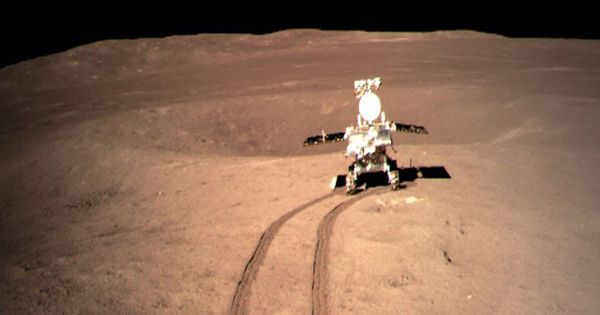China’s recent success in space exploration from the moon and Mars is exciting, but somewhat older missions are still going strong. Among them is Yutu-2, part of the rover of the Chang-4 mission, which was engaged in exploring the distance to the moon. The Chinese space agency Yutu-2 has given a nice update about fellow rover Zhurong, which successfully landed on Mars last week.
The two rovers and the relay system Magpie Bridge were talking about what happened to them in an anthropomorphic chat group. Yutu-2 has now completed its 30th lunar day. Each lunar day lasts about 14 Earth days and 14 nights Earth days. The rover has been on the moon for 866 days and has so far crossed 708.9 meters (2,326 feet) of the lunar surface. The number suggests that it doesn’t zoom in too much on the last day. The chat further implies that Zhurong is doing well on Mars and is sending the first non-NASA images from the surface of Mars as well as data to Earth.
U2-2 is continuing its search. It has so far provided new insights into the composition of the moon as well as spotting strange rock formations like “milestones”. As the nation works to land on a rover on Tuesday this May, China’s plucky Yutu 2 rover is about to wake up and continue to explore the farthest part of the moon. The rover, which sailed with the Chang’e 4 mission, landed on the edge of the moon in January 2019 and recently completed its 29th lunar day, the China Lunar Exploration Project (CLEP) said on April 23. The mission’s solar-powered lander and rover entered a dormant state just before sunset 19 Beijing time.The two spacecraft will be protected from temperatures of minus 290 degrees Fahrenheit (minus 180 degrees Celsius). Rover and Lander will wake up from their hibernation in early May after sunrise over the spacecraft in the Von Kerman crater. Yutu 2 von Kerman is heading northwest of its landing point on the crater and has so far traveled a total of 2,325 feet (708.9 meters) for its panoramic cameras, lunar penetration radar (LPR) and data collection, and a visible and near-infrared imaging spectrometer.














